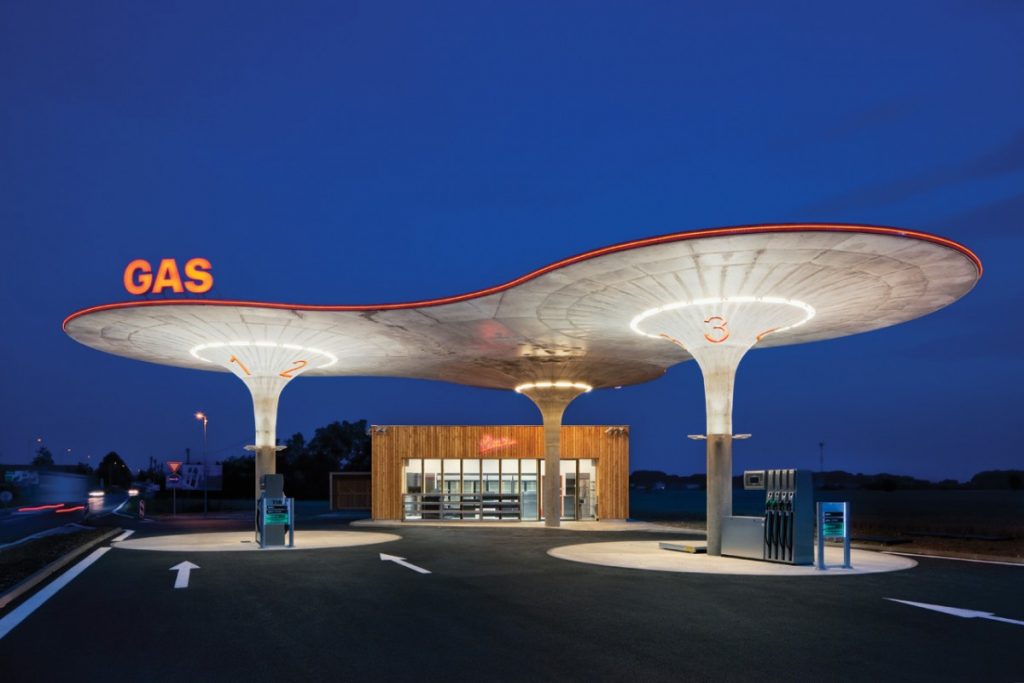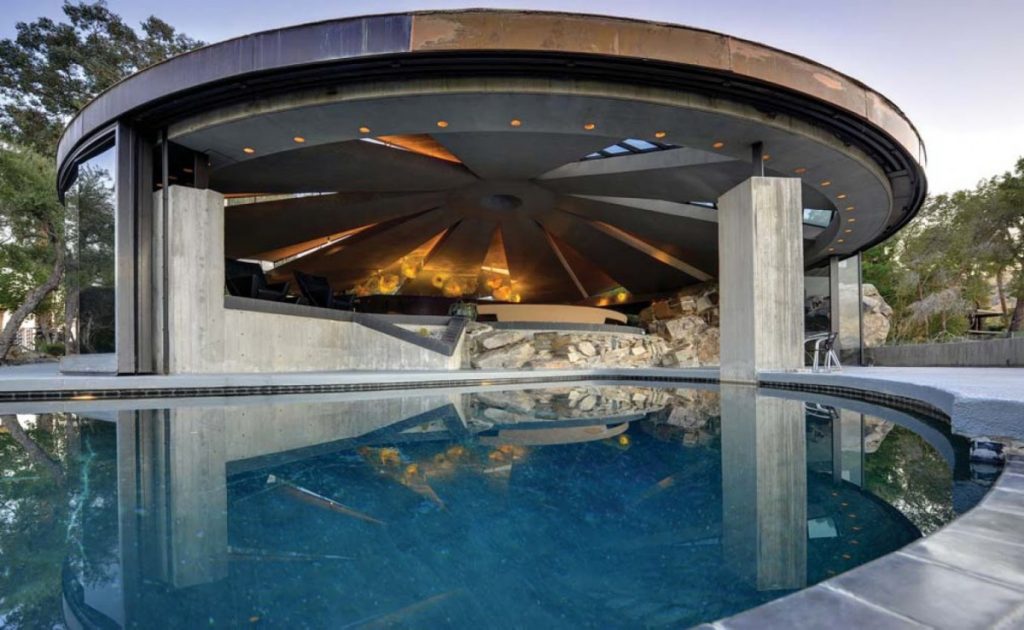This current post is inspired from my post from last week about the CIVIC Pharmacy sign. In that article I discovered it qualified as Googie style? Googie what? I now understand it falls under the umbrella of the mid-century modern style. It is futurist and can be a bit kitsch. But I must admit I can be drawn to kitsch. It can be fun! Whimsical! I’m reading that Frank Lloyd Wrigth’s Guggenheim could be Googie – I can see that.
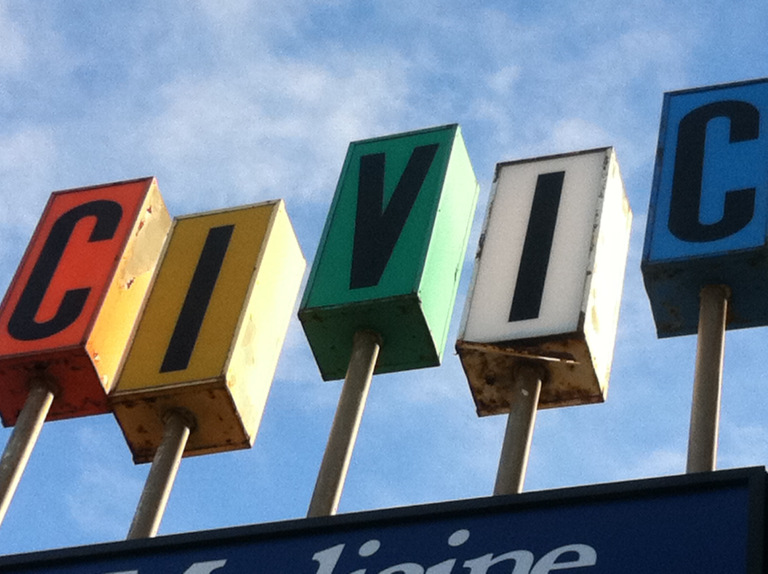
Googie architecture style is one with exaggerated, stylized characteristics. Typical features are cantilevered structures, acute angles, illuminated plastic paneling, geometric shapes, cutouts, and tailfins.
John Lautner is the most prominent architect responsible for the Googie style. And he was prolific!
Baxter House, 1940, Los Angeles, California
Ironically built for Frank Lloyd Wright’s granddaughter
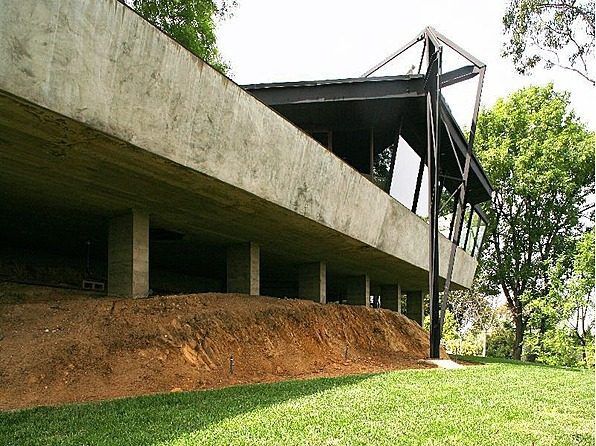
Little Hexagonal Framed Jacobsen House, 1947, Los Angeles, California
Its principal architectural feature is that is is supported by three tapered steel trusses.
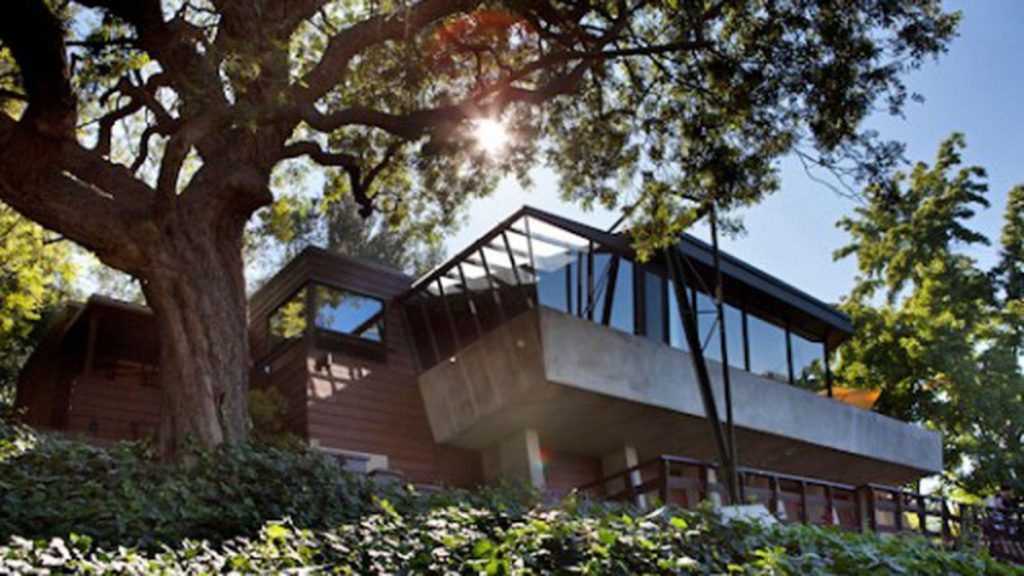
Foster Carling House, 1949, Los Angeles, California
Built around the rocks it is one of his most famous structures. The outdoor pool continues inside further blurring the line between outdoor and indoor.
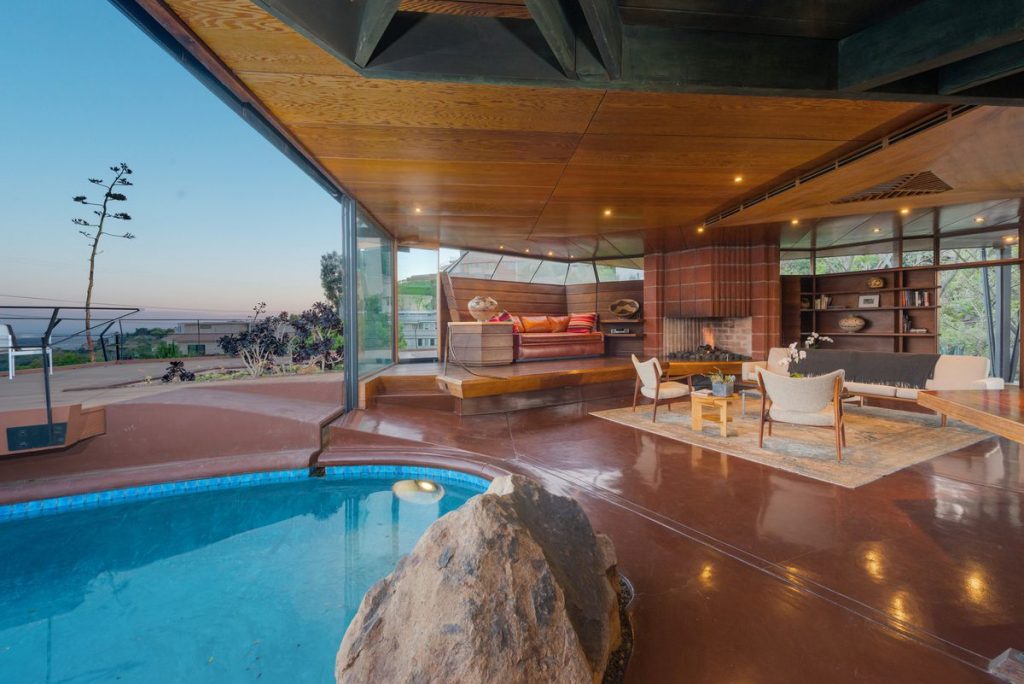
Schaffer Residence, 1949, Los Angeles, California
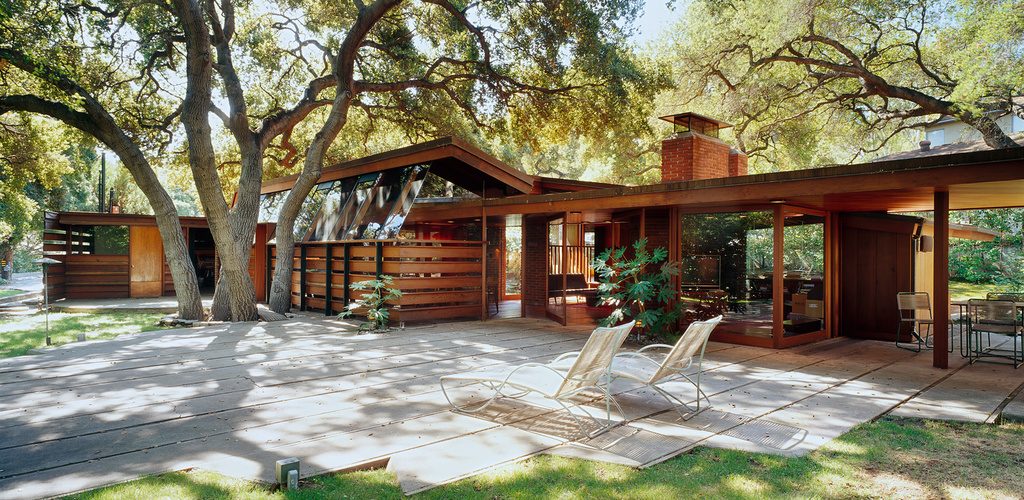
The Schaffer Residence was prominently featured in the Tom Ford movie A Single Man staring Collin Firth and Juliane Moore.
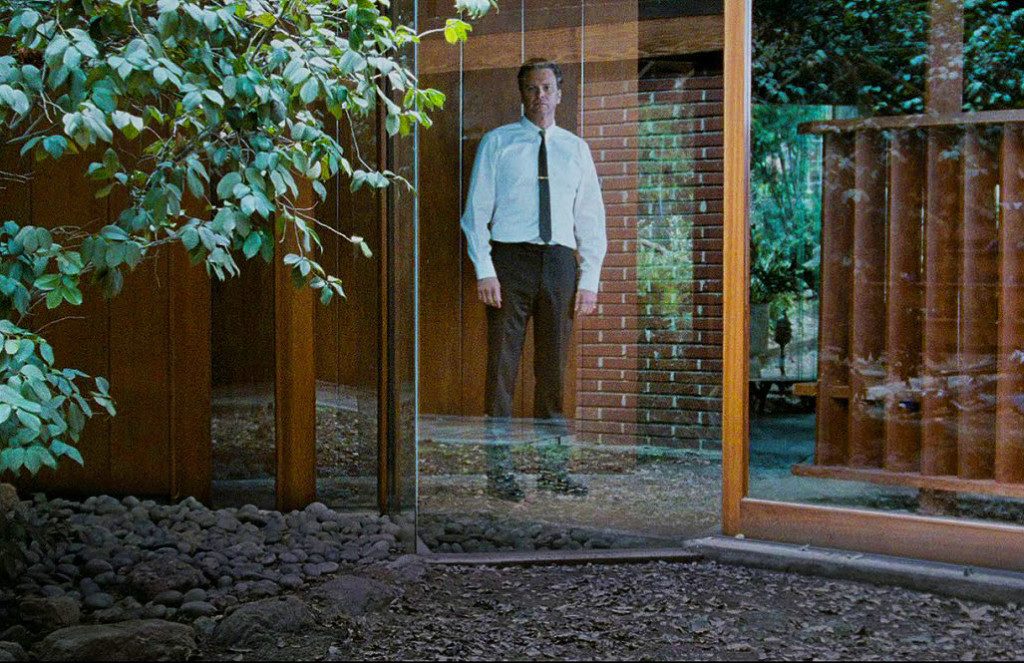
Harpel House, 1956
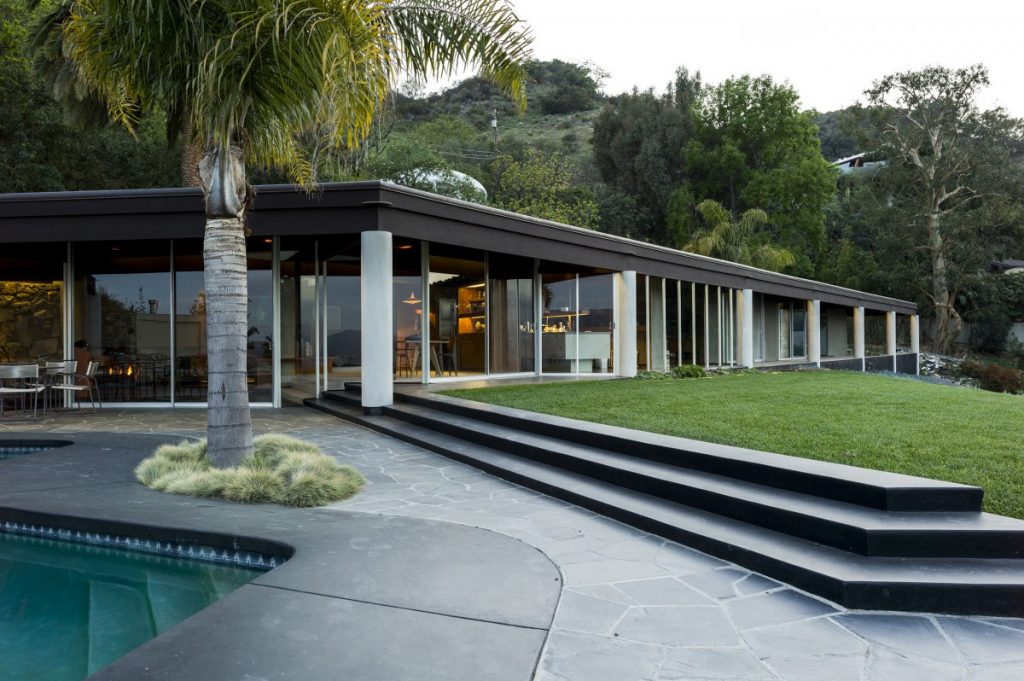
Norms La Cienega, 1957, La Cienega, Los Angeles, California
Considered the stellar example of Googie style. The most imaginative example of the style!
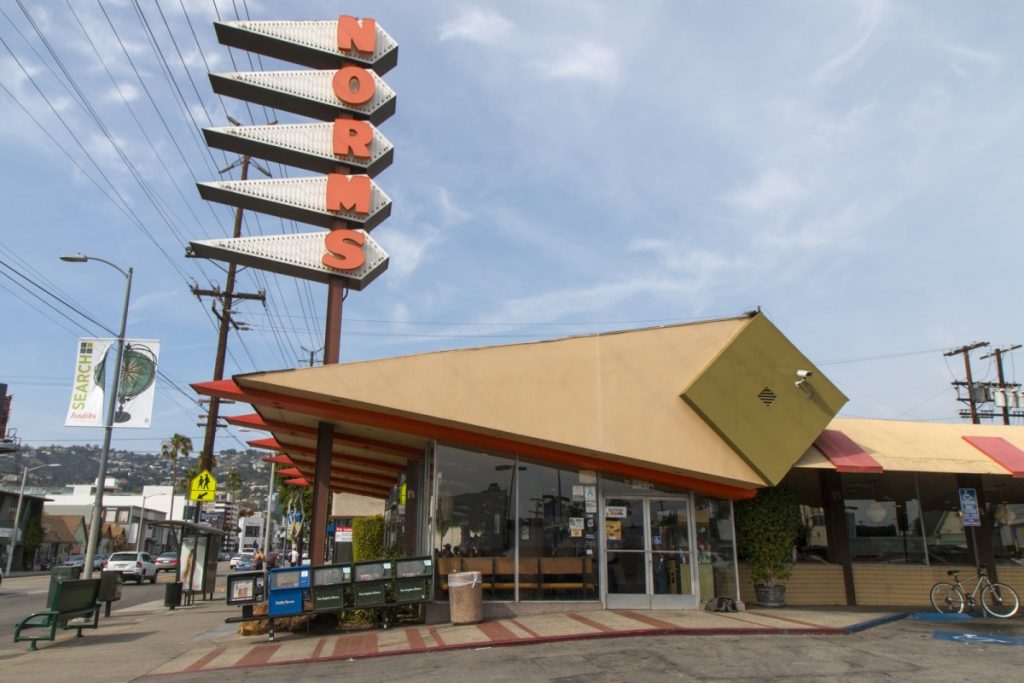
Tucson Inn Sign, 1957, Arizona
In this instance it’s not so much the Inn that is noteworthy but the Inn signage. In it you will recognize why the CIVIC sign is of Googie Style.
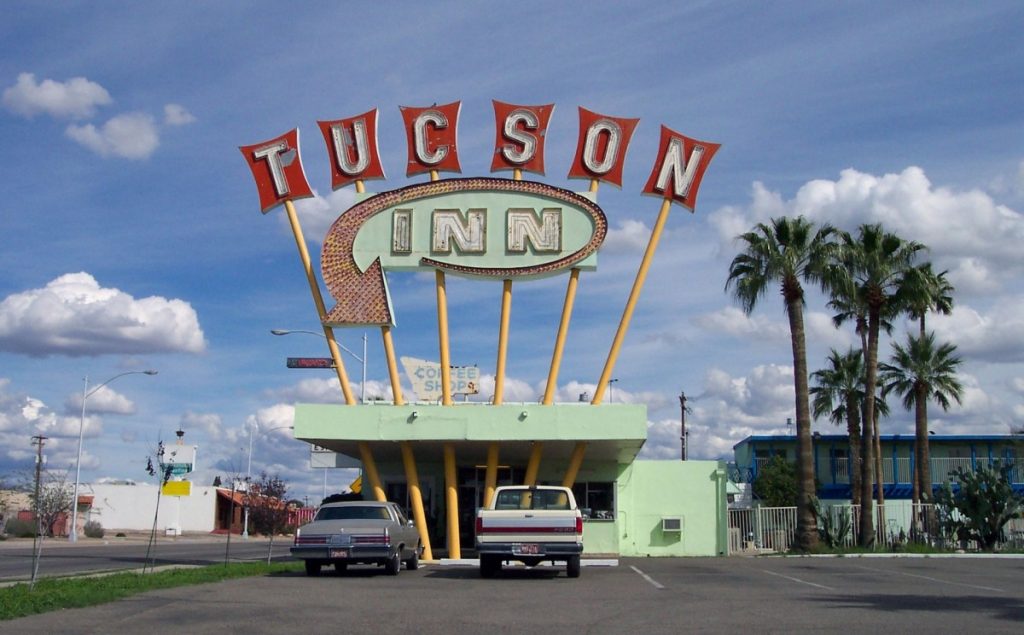
Vincent Massey Park, 1958, Hart Massey
The structures in the park won the Massey Medal for Architecture in 1958
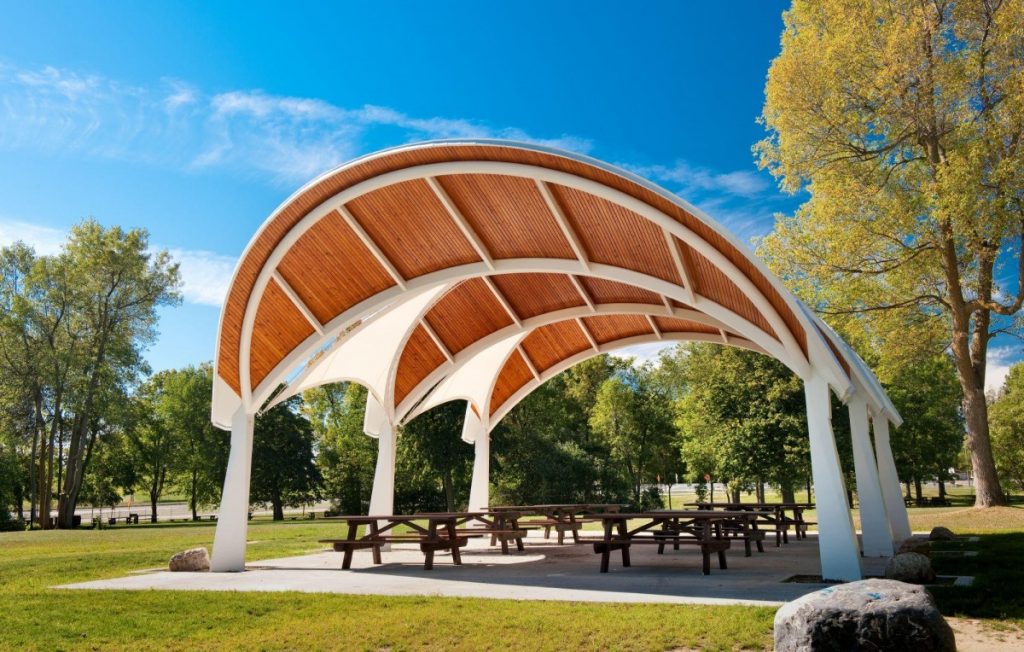
Las Vegas Welcome Sign, 1959, Las Vegas, Nevada
As iconic as the city the sign was designed by Betty Willis.
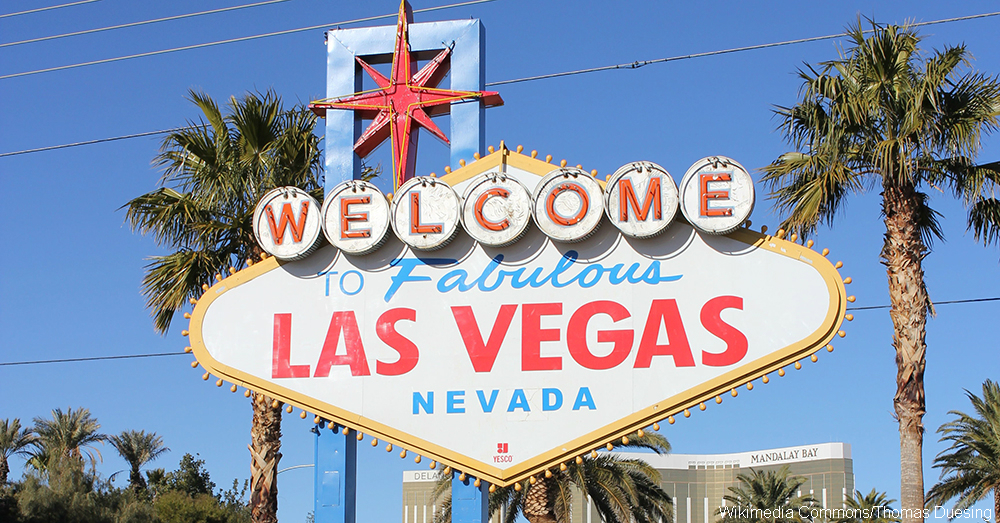
Chemosphere House, 1960, Los Angeles, California
Encyclopeadia Britannica once called it the most modern home built. Can’t say I like it too much, although in another sense I can’t seem to pull my gaze away from it.
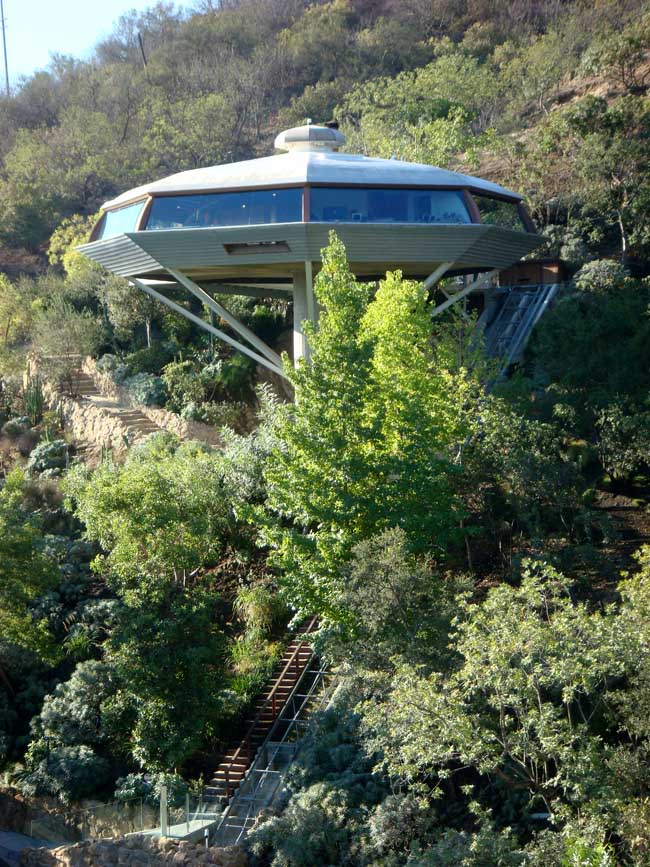
Garcia House, 1962, Los Angeles, California
This home sits on 60 feet stilts above the canyon below. It is also known as the Rainbow House because of its roofline and coloured stained windows.
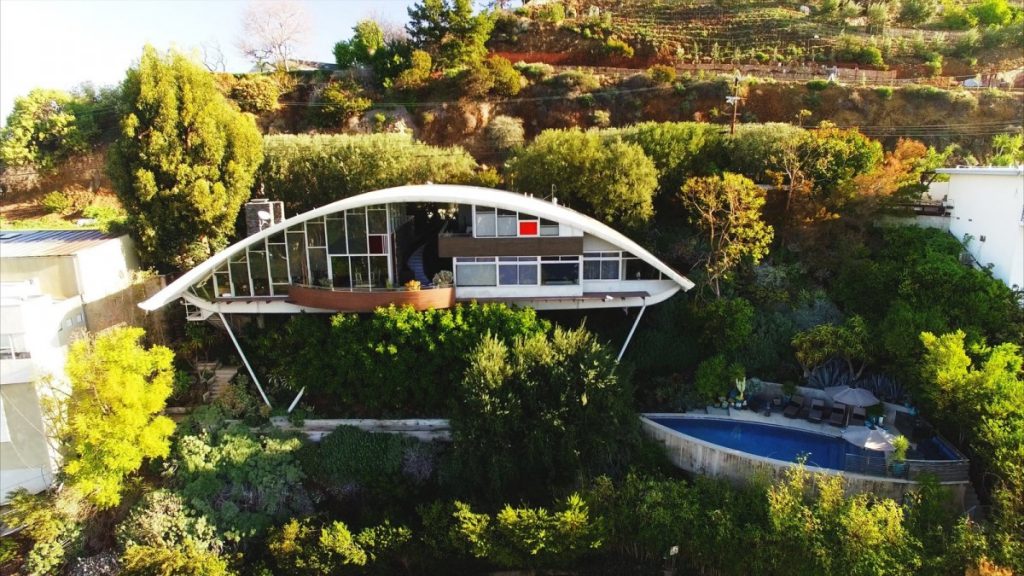
LAX Los Angeles Airport Theme Building, 1962
Design by James Landgenheim, of Perira & Luckman, and William Pereira and Charles Lucknan
The distinctive building is representative of a flying saucer having landed.
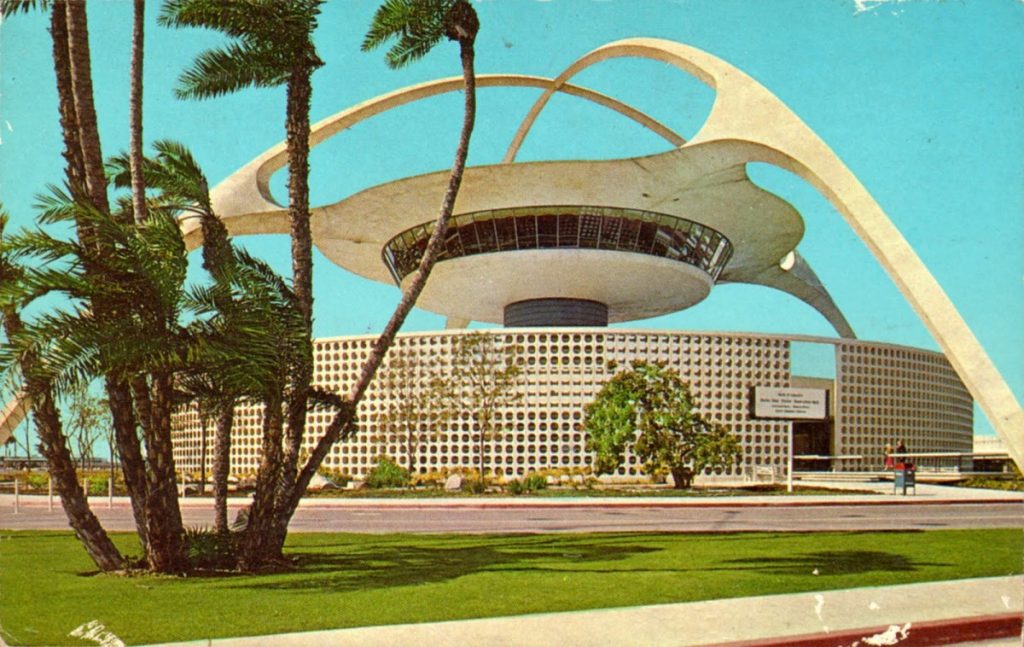
8 Five Points Car Wash, 1963, San Bernardino, California
Great example of the sculptural Googie Style
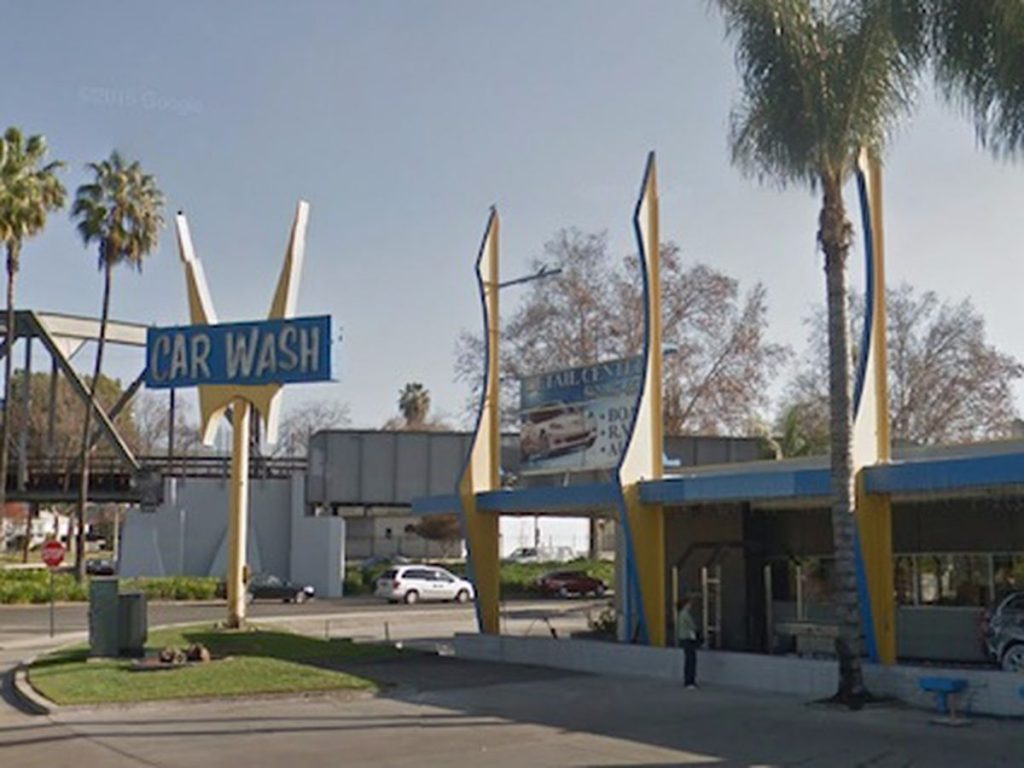
Sheats-Goldstein Residence, 1963, Los Angeles, California It is build along a sandstone dege of the hillside. Parts of it a bit cave like and part of it open to nature.
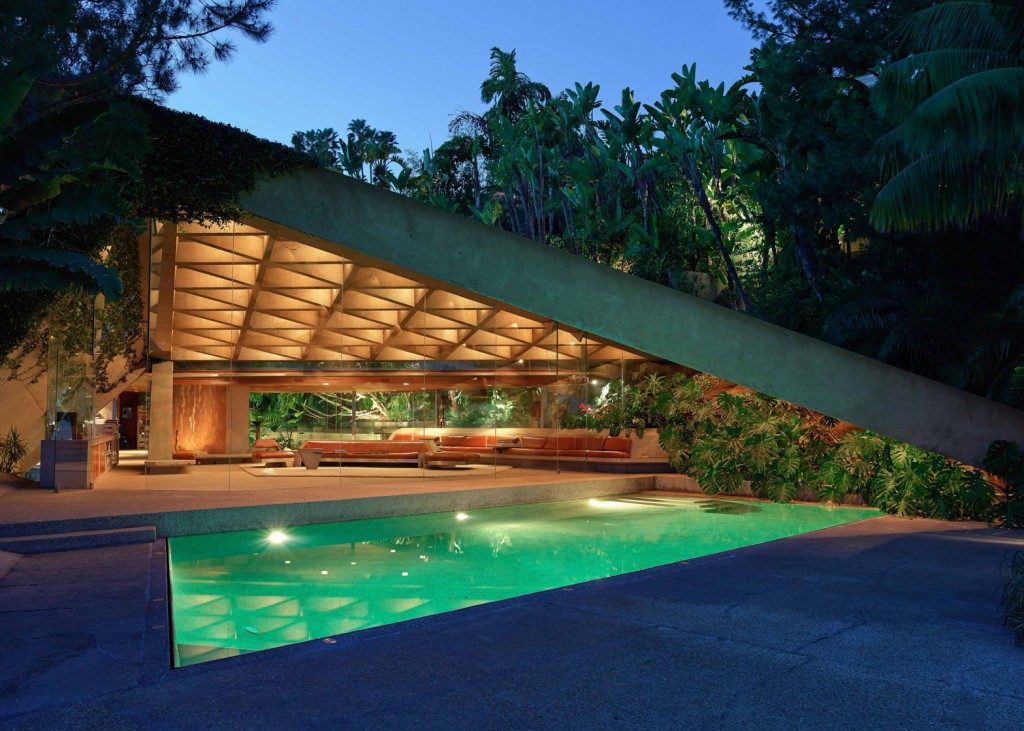
Elrod House, 1968, Palm Springs, California
I can understand why the Acapulco client wanted a similar structure. It’s one of my favourites. The only thing I’m not a fan of is these houses often have built in furniture. Of course if not built in not everything goes that’s for sure.
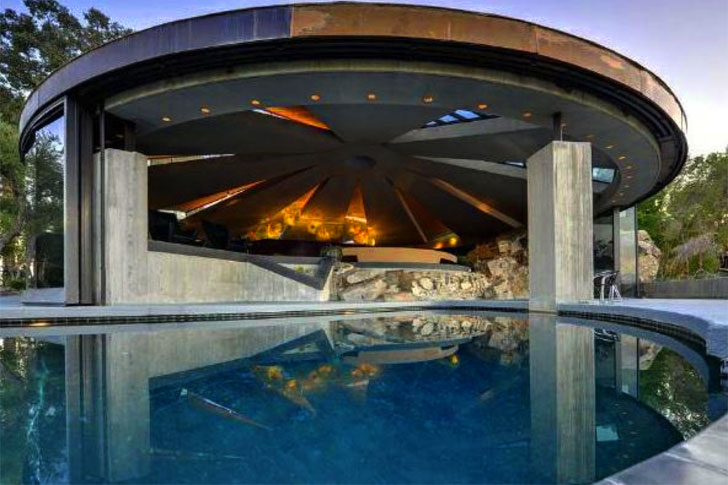
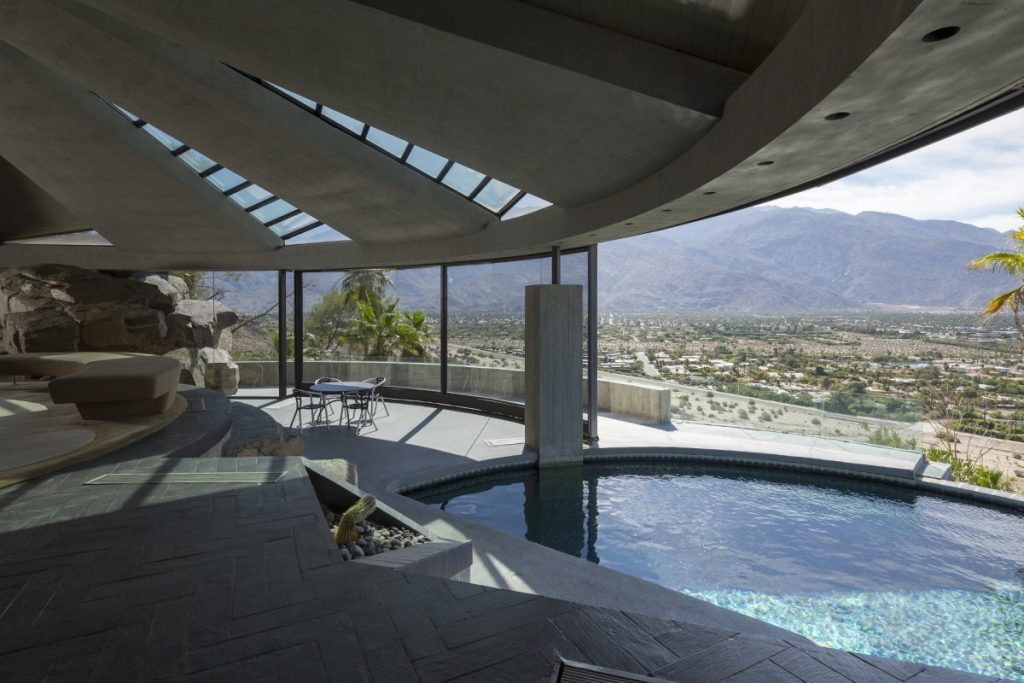
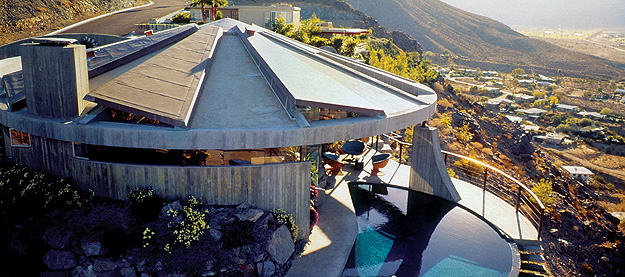
Walstrom House, 1969 Santa Monica, California
Built on the side of a hill, this home is at one with nature.
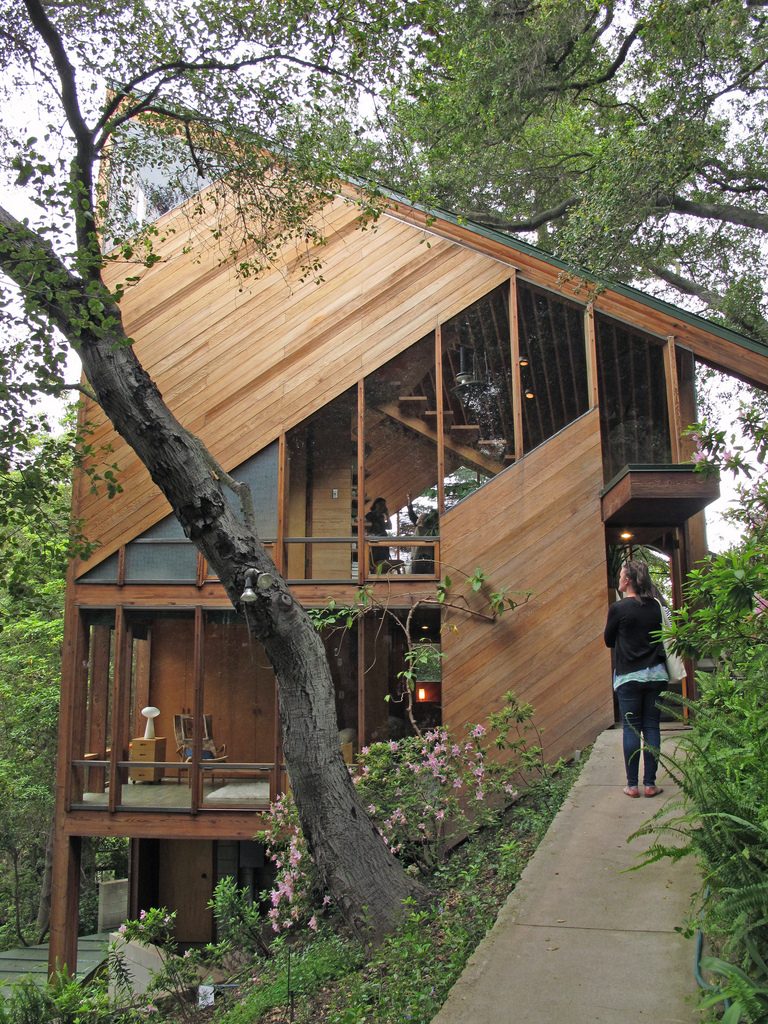
Arango Marbrisa House, 1971, Acapulco
The client having seen the Elrod House wanted something similar in Acapulco.
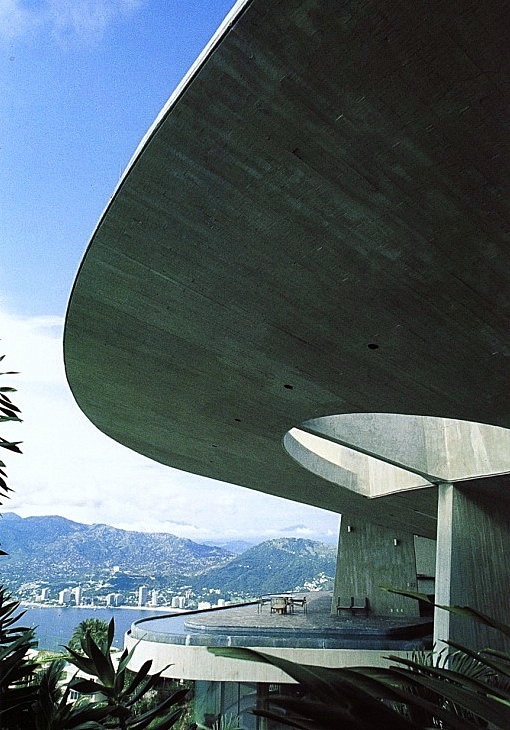
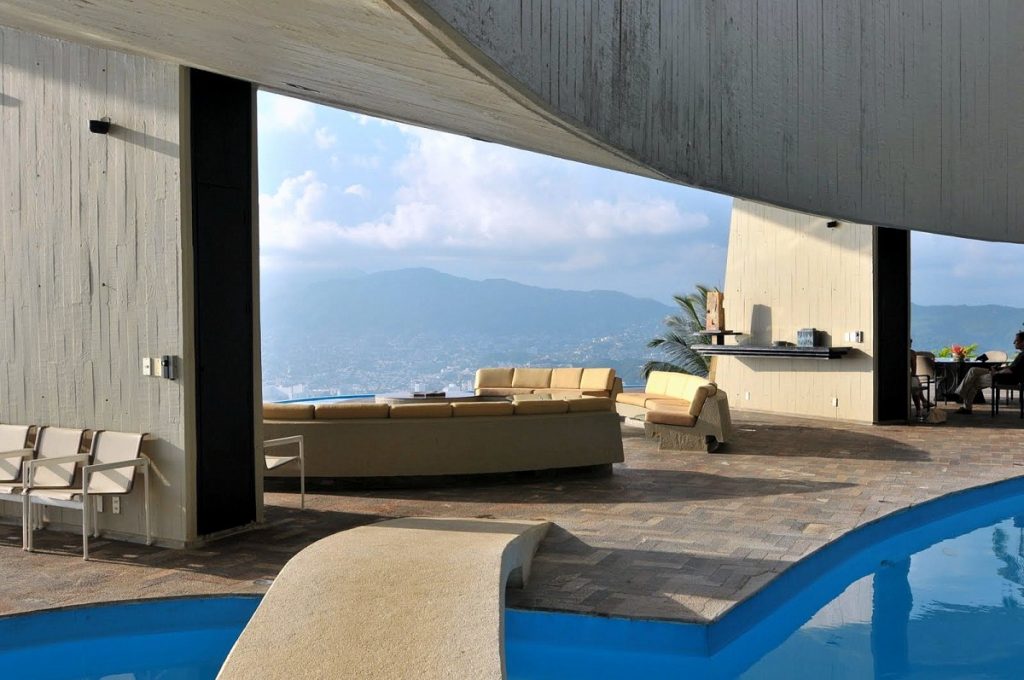
Bob Hope Residence, 1979
An absolutely stunning structure. When I toured mid-century homes in Palm Springs this one was on the tour but could only be seen from a distance to ovoid gawkers. Gawker – me! No!
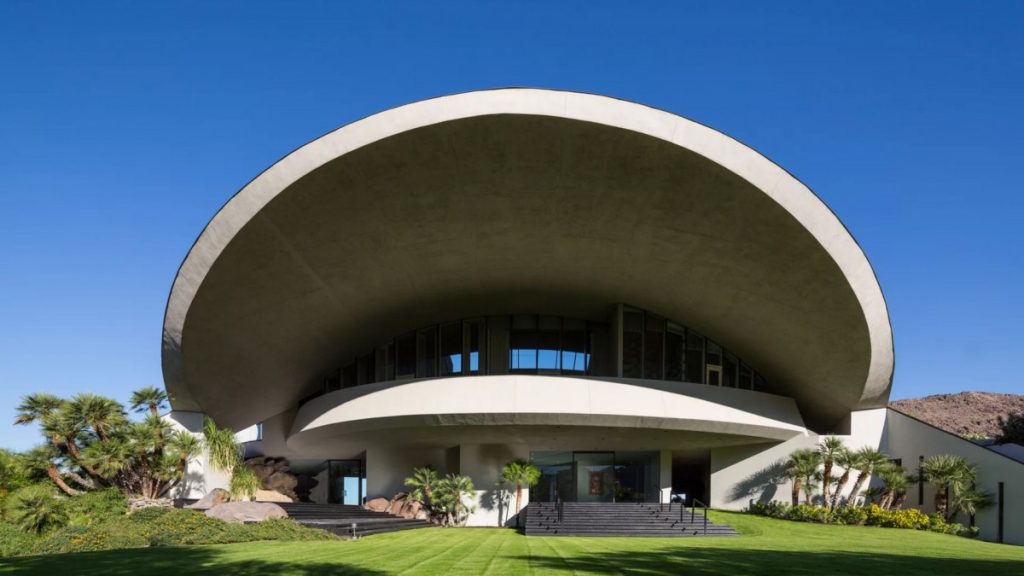
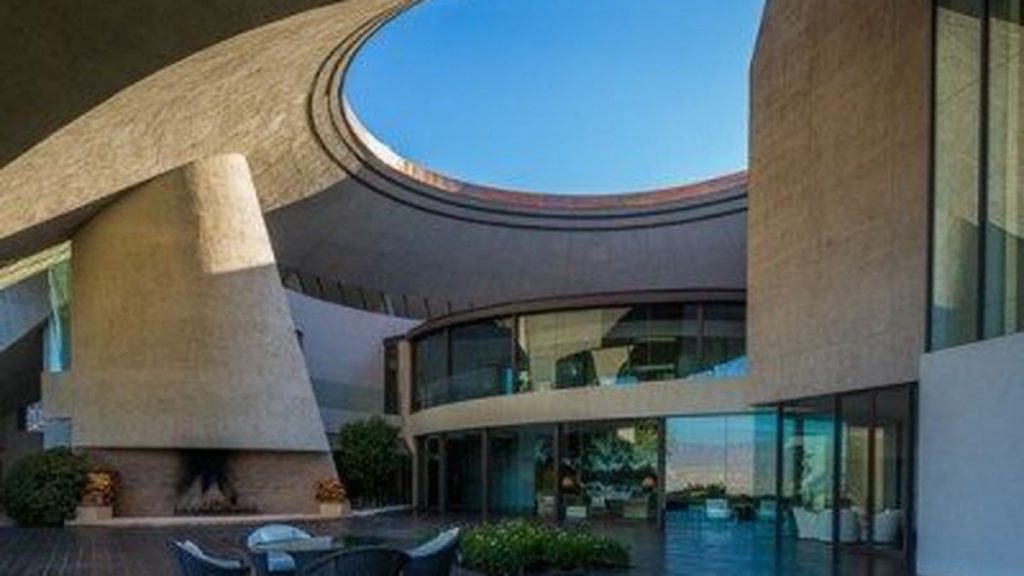
El Camino Real Santa Clasra, California
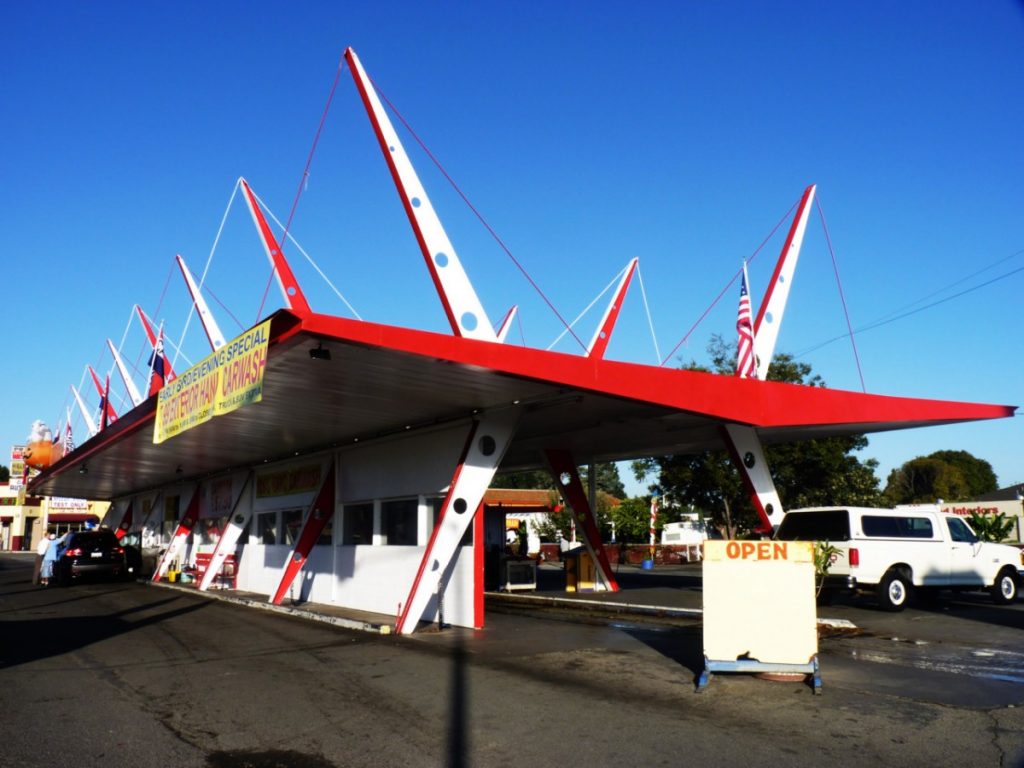
House of the Future
A great example of how far Googie Syle could have gone.
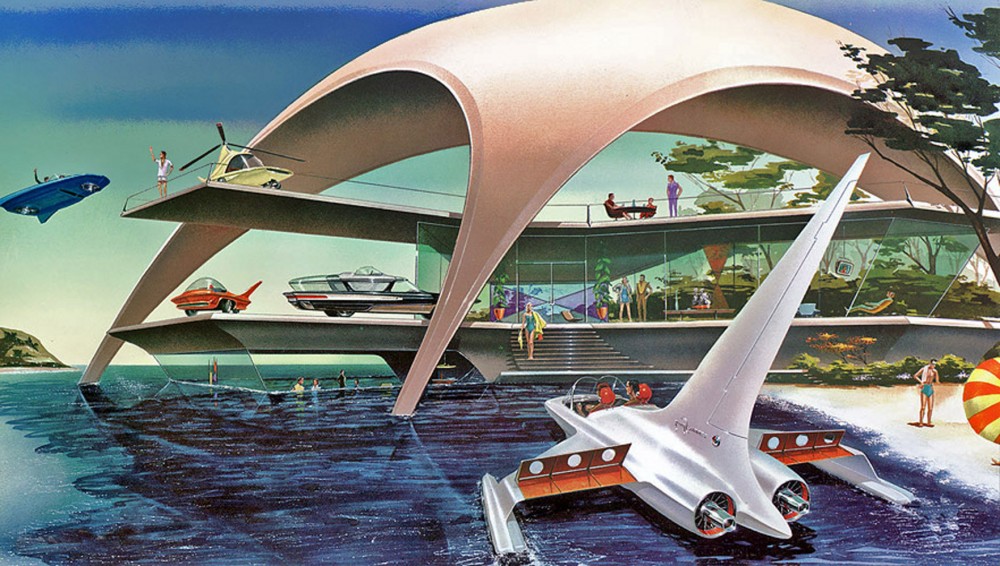
Slovakian Gas Station
Architect Atelier SAD 2011, Not Lautner’s but in the Googie style though much later.
